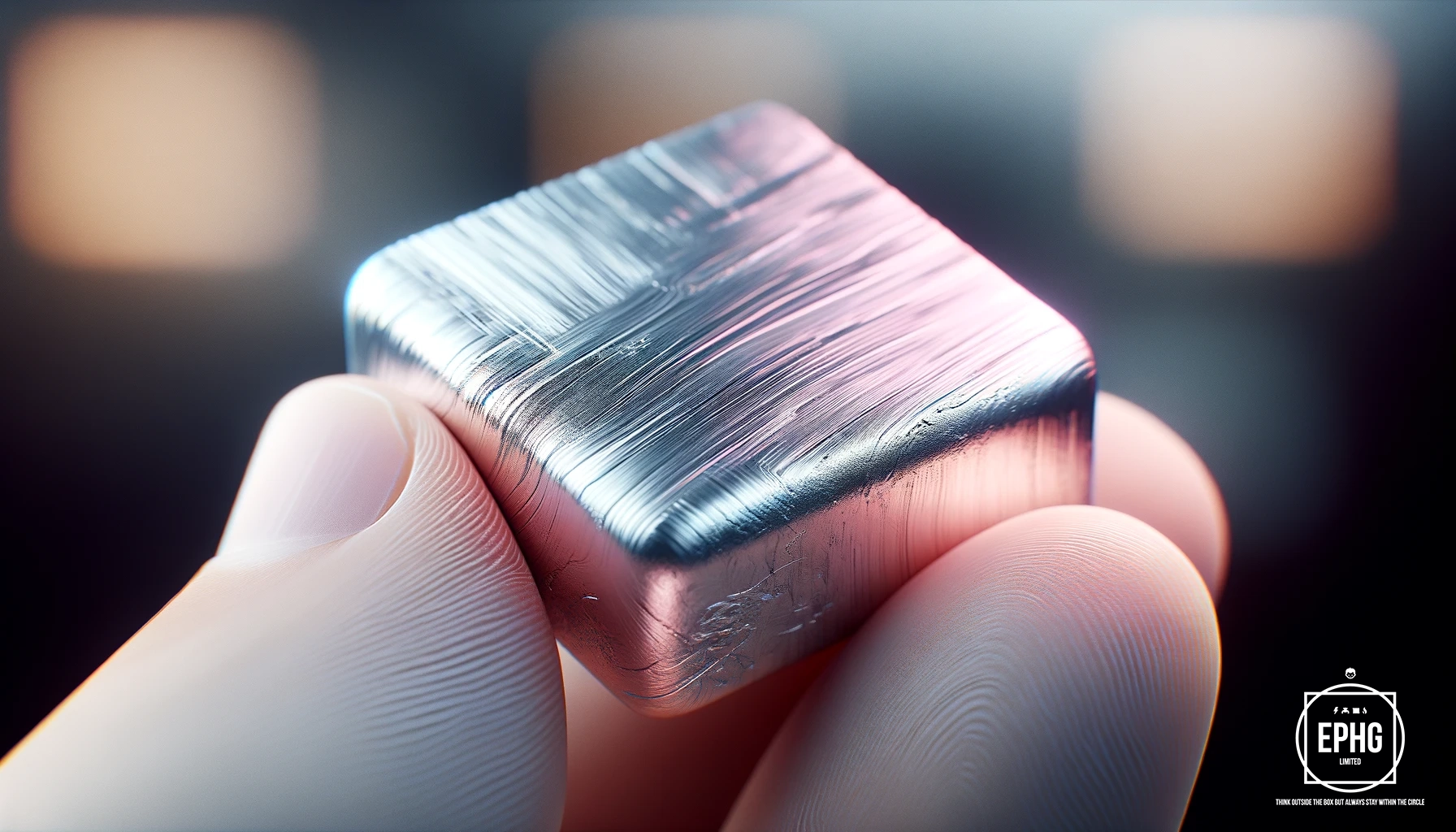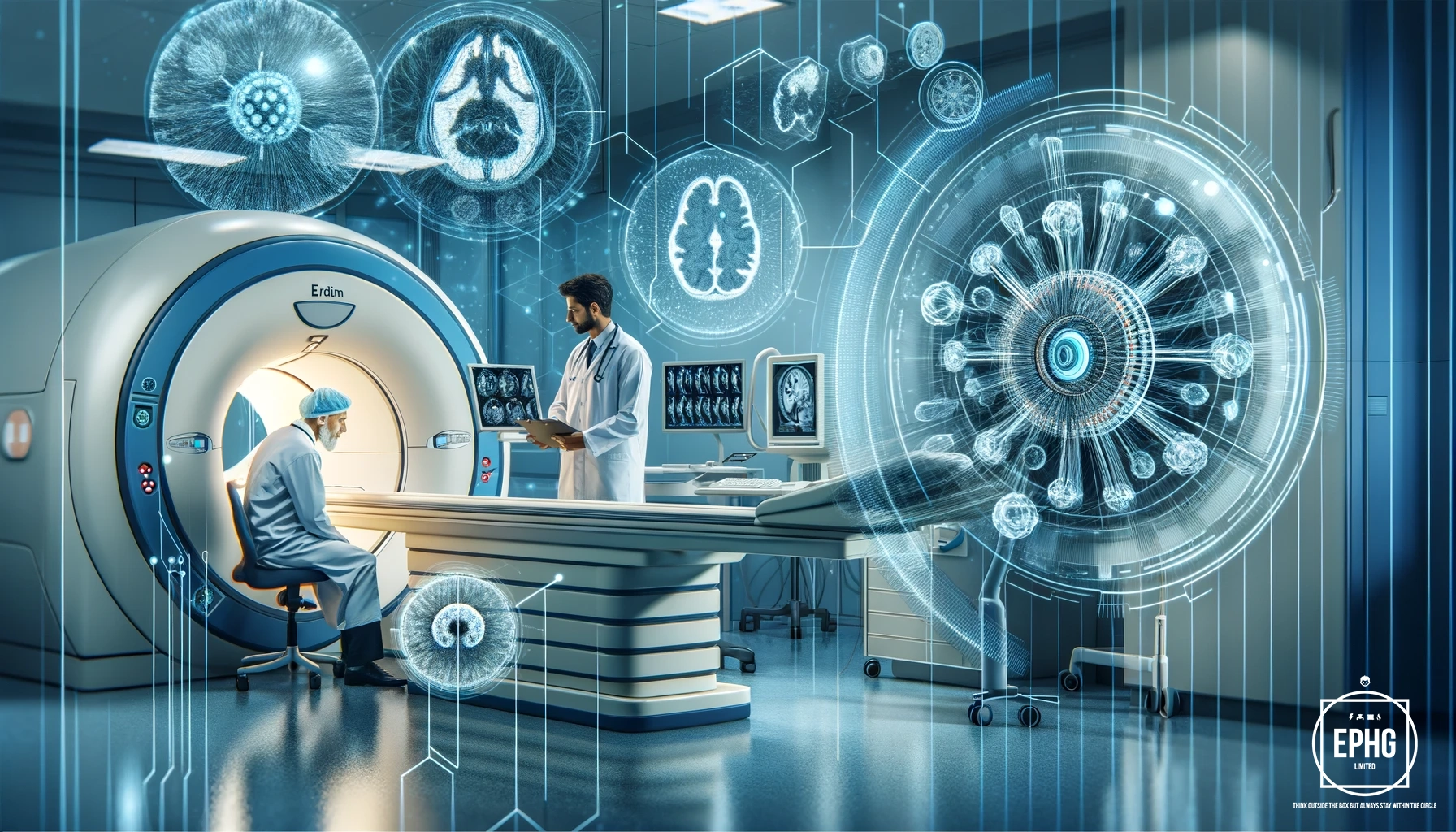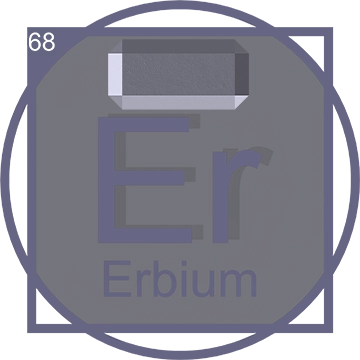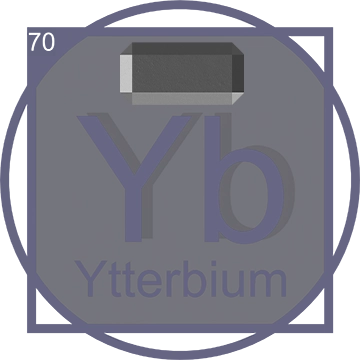Extensive Exploration of Erbium (Er): A Deep Dive into Its Scientific and Technological Significance
Introduction
Erbium is a fascinating element that holds a pivotal place in the world of science and technology. This comprehensive guide delves into erbium’s discovery, its chemical and physical properties, its role within the periodic table, and its myriad applications across various industries. By understanding erbium, we gain insight into not only the element itself but also the broader implications of rare earth metals in advanced technological applications.
Discovery of Erbium

The story of erbium begins in the early 19th century. It was discovered in 1843 by Carl Gustaf Mosander, a Swedish chemist, who extracted it from the mineral gadolinite. Gadolinite itself was not new to the scientific community, having been discovered in a quarry near the village of Ytterby, Sweden, decades earlier. Mosander was able to isolate erbium due to its unique coloration and properties, naming it after Ytterby, where several other rare earth elements were also discovered.
Erbium's Position in the Periodic Table
Erbium (Er), atomic number 68, is a member of the lanthanide series within the periodic table. These elements are also known as the rare earth elements, although this name is somewhat misleading as many are quite abundant on Earth's crust but difficult to extract in pure form. Erbium, like other lanthanides, is known for its shiny, silvery appearance and its remarkable ability to conduct electricity and heat.
Physical and Chemical Properties of Erbium

Erbium is distinguished by its bright pink ions, which are visible even in low concentrations. It has a melting point of 1529 degrees Celsius and a boiling point of 2868 degrees Celsius. Erbium is relatively soft, malleable, and ductile. Chemically, it is reactive and forms a natural oxide layer when exposed to the atmosphere. This oxide layer protects it from further corrosion. Additionally, erbium can absorb a high number of thermal neutrons, making it particularly useful in nuclear applications.
Applications in Science and Technology

Erbium's properties make it invaluable across a range of scientific and technological fields. One of its most notable uses is in fiber-optic communication systems. Erbium-doped fiber amplifiers (EDFAs) are crucial in this technology as they amplify the signal over long distances, enhancing communication capabilities globally. Beyond telecommunications, erbium is also used in various medical applications. Its ability to be precisely manipulated makes it ideal for use in laser surgery, particularly in the fields of dermatology and dentistry. Erbium lasers are used for skin resurfacing treatments as they are less invasive and provide a high degree of control.
Erbium in Everyday Technology

Apart from its scientific and industrial applications, erbium also finds its way into everyday technology. It is used in the manufacturing of photographic filters, providing essential color corrections. Furthermore, erbium compounds are used in the glass coloration process to produce a range of colors from pinks to peach in sunglasses and decorative glassware. This versatility shows erbium's unique ability to blend science with everyday utility.
Global Impact and Future Prospects
The global demand for erbium is rising, driven by its applications in high-tech industries. As the world continues to embrace digital communication and renewable technologies, the role of erbium and other rare earth elements is expected to grow. Future research is directed towards finding more efficient ways to extract and utilize these elements, ensuring sustainable practices are maintained. The ongoing development in erbium recycling technologies is also a critical area of focus, aiming to reduce environmental impact and supply chain risks associated with rare earth mining.
Conclusion
Erbium’s journey from a curious discovery in a small Swedish village to a cornerstone of modern technology encapsulates the dynamic nature of scientific progress. Its continued relevance in science and technology underscores the importance of understanding and innovating on the uses of elements like erbium. As we move forward, the role of erbium is likely to expand, marking its significance in shaping future technological landscapes.
Production and Mining of Erbium

Erbium, like other rare earth elements, is not found in its pure form in nature. It is typically extracted from minerals such as xenotime and euxenite, which contain multiple rare earth elements. The production of erbium involves complex processes including mining, crushing the ore, and then undergoing a series of chemical reactions to separate erbium from other elements.
The most significant sources of erbium are found in countries with rich deposits of rare earth minerals. Notable mines include:
- Bayan Obo, China - the largest source of rare earth minerals globally.
- Mount Weld, Australia - known for its substantial deposits of rare earth-bearing minerals.
- Mountain Pass, USA - a significant contributor to the global supply of rare earth elements.
Commonly, erbium is mined alongside other lanthanides such as ytterbium and dysprosium, and often with yttrium, a group often referred to as yttrium earth elements.
Modern Applications of Erbium
In modern technology, erbium's applications are vast and varied. As previously mentioned, it plays a critical role in telecommunications through its use in erbium-doped fiber amplifiers, which are essential for long-distance communication networks. Additionally, erbium is used in:
- Coloring glasses and ceramics with distinctive pink hues.
- Manufacturing laser materials used in medical and dental surgeries for non-invasive procedures.
- Enhancing the safety and efficacy of nuclear reactors, as erbium can absorb excess neutrons.
Future Prospects of Erbium

The future of erbium in science and technology looks promising. Researchers are exploring its potential in new applications such as:
- Quantum computing, where erbium could be used for developing quantum bits that operate at higher temperatures than traditional superconducting qubits.
- Energy storage solutions, particularly in improving the efficiency and capacity of batteries and supercapacitors.
- Advanced imaging technologies, where erbium's properties can be utilized to enhance the resolution and capabilities of medical imaging devices.
As global demand for high-tech products continues to rise, the importance of materials like erbium is expected to increase, highlighting the need for sustainable mining practices and recycling methods to secure its availability for future generations.












